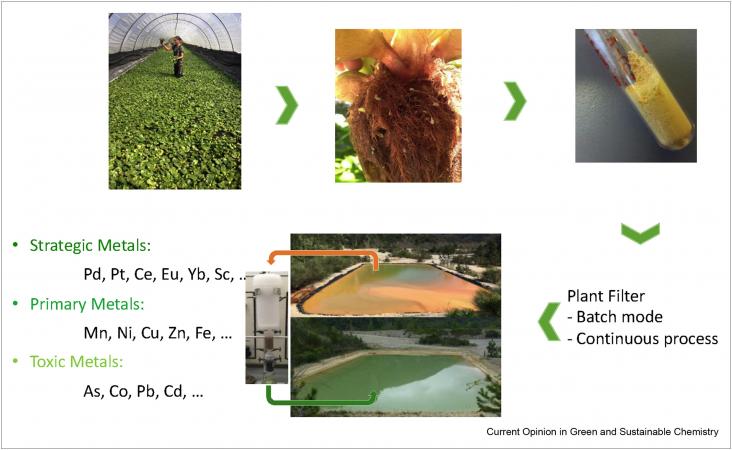This book chapter advances SDGs 9, 13, and 15 by using several economic indicators of sustainable resource management to help answer questions such as what extent is it possible to know whether the available resources are being managed in a sustainable way? Could it be said that current generations are using the resources to meet their needs without compromising the ability of future generations to meet their own?
The widespread consumption of electronic devices has made spent batteries an ongoing economic and ecological concern with a compound annual growth rate of up to 8% during 2018, and expected to reach b

This review is dedicated to ecocatalysis, a concept developed by the Grison group aiming at combining ecology and green chemistry, which could be the vector of sustainable development based on the pri
The widespread consumption of electronic devices has made spent batteries an ongoing economic and ecological concern with a compound annual growth rate of up to 8% during 2018, and expected to reach b
As future foods, cultured meat is produced by culturing animal cells ex vivo rather than raising and slaughtering animals.

As future foods, cultured meat is produced by culturing animal cells ex vivo rather than raising and slaughtering animals.
Purpose: To investigate the monthly and seasonal variation in adult osteoporotic fragility fractures and the association with weather.
Droughts are extreme events that have major impacts on communities, ecosystems and economies due to slow onset and complex processes.
The recent Intergovernmental Panel on Climate Change (IPCC) Special Report on Oceans and the Cryosphere in a Changing Climate suggests sea level rise may be best understood as a slow onset disaster fo
The Warsaw International Mechanism for Loss and Damage has identified increasing temperatures as a key slow onset event.
